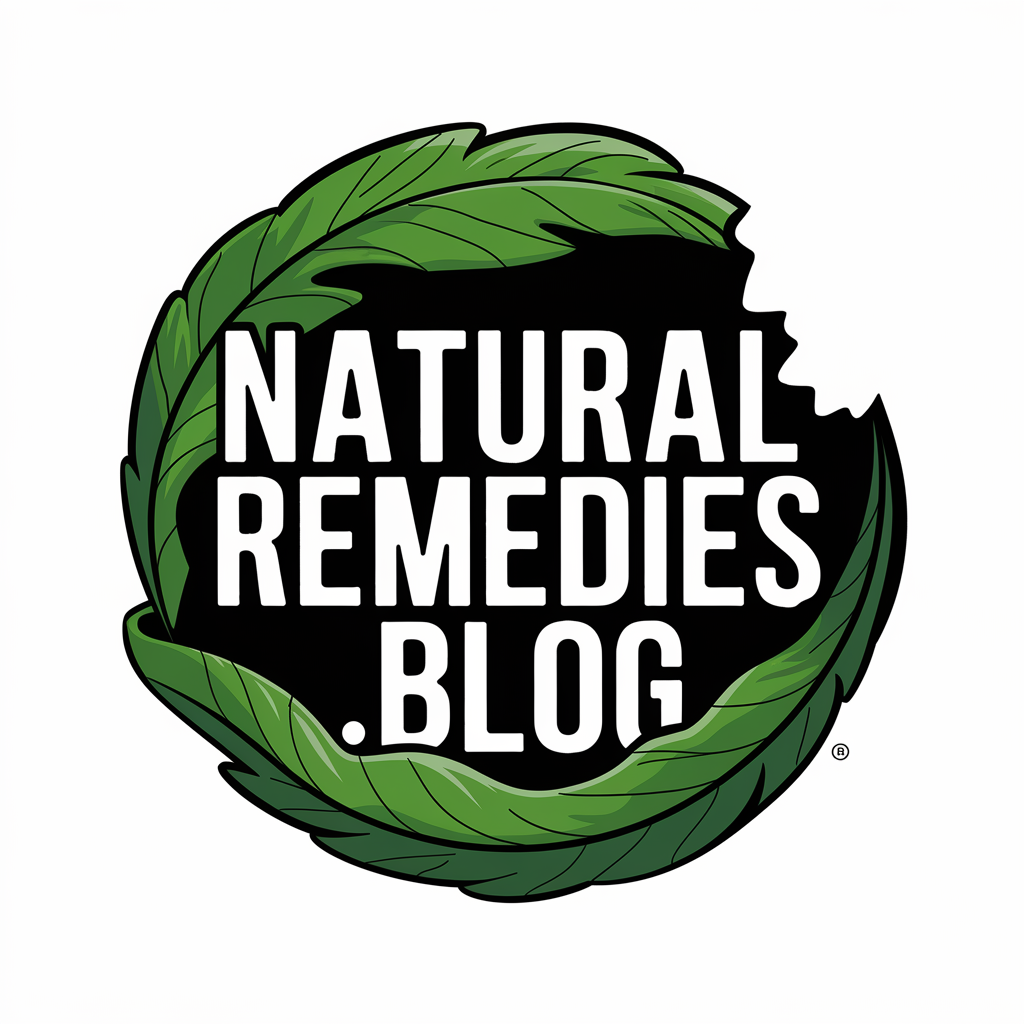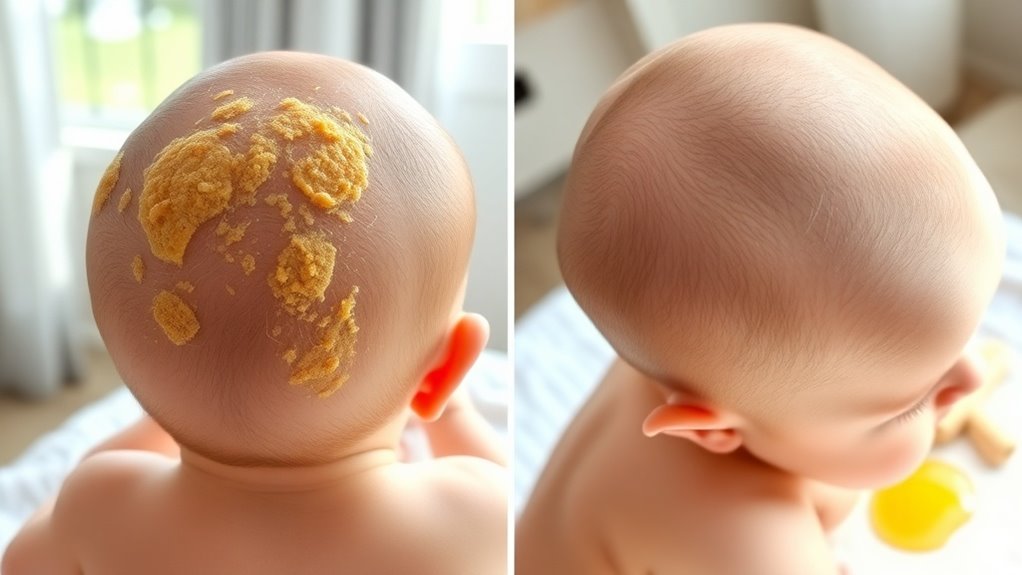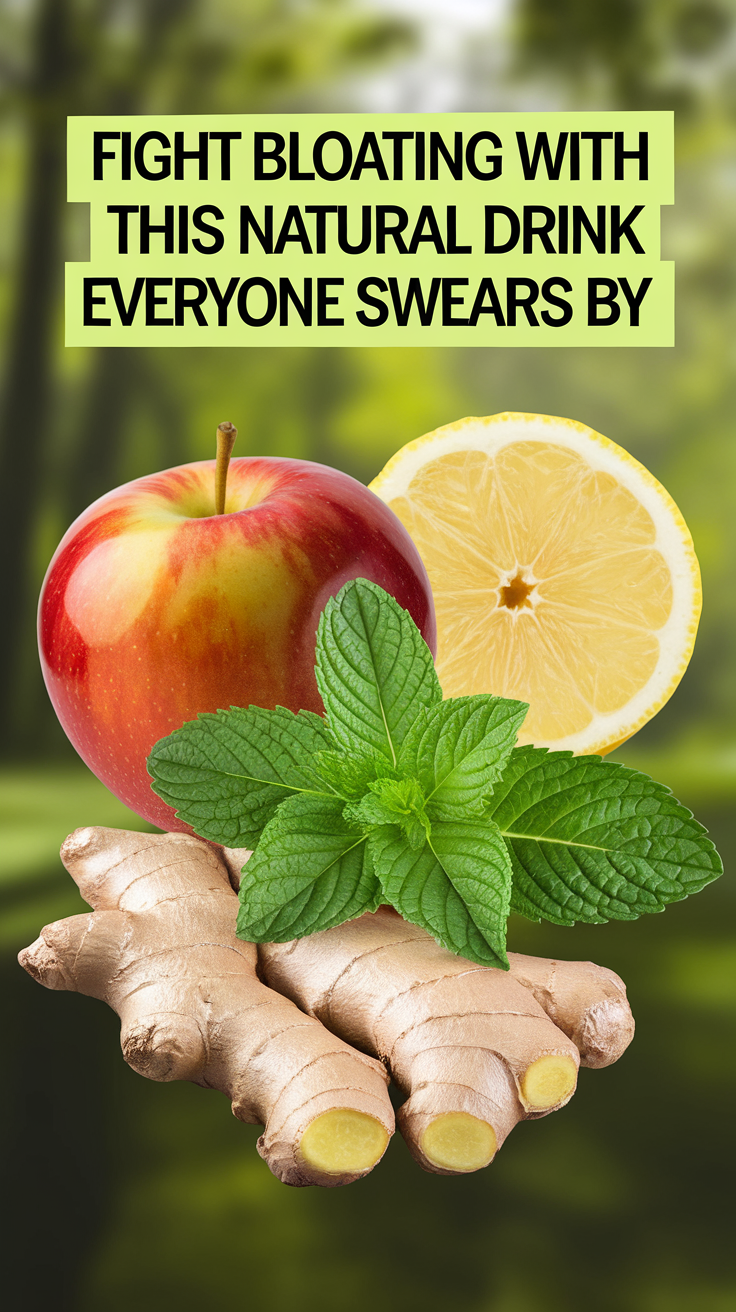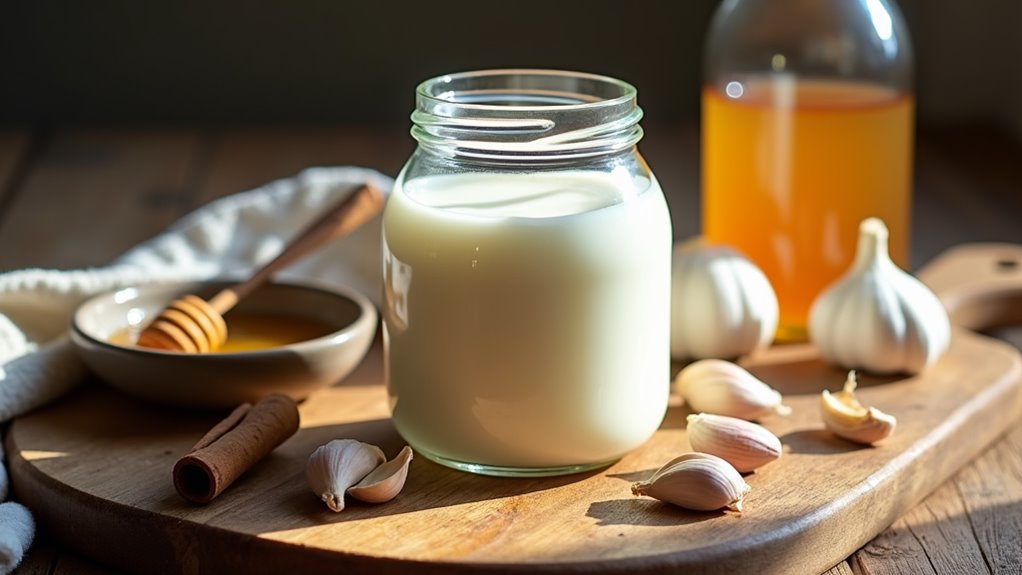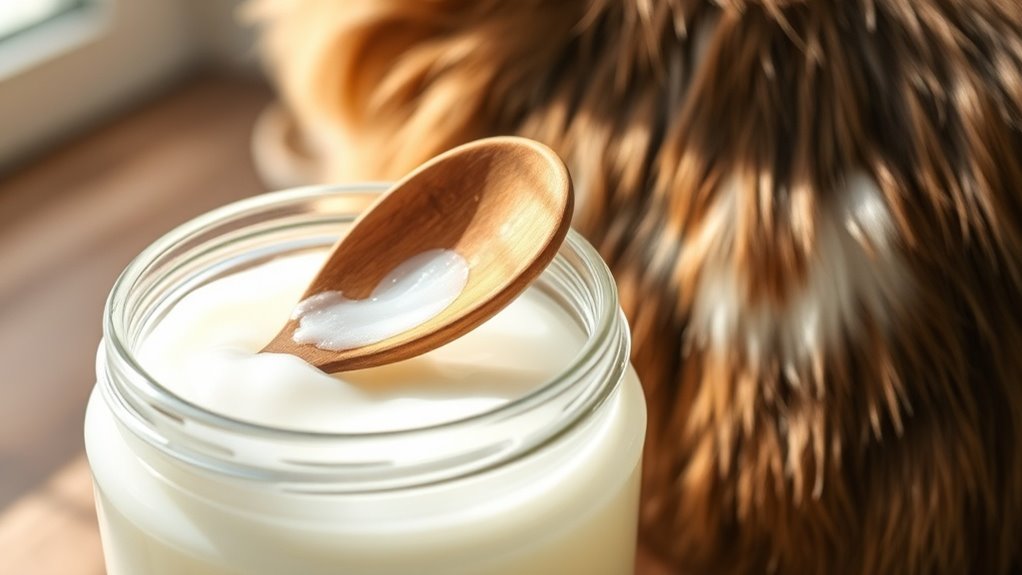Cradle Cap Gone Fast With This Gentle DIY Fix
What Causes Those Flaky Patches on Baby’s Scalp?
Cradle cap, medically known as infantile seborrheic dermatitis, occurs when excess oil builds up on your baby’s scalp, causing crusty or scaly patches.
While exploring cradle cap remedies, it’s important to understand that this common condition typically develops within the first few months of life due to overactive sebaceous glands stimulated by maternal hormones.
Though the exact cause remains unclear, factors like yeast overgrowth, sensitive skin, and irregular skin cell turnover may contribute to its development.
The good news is that cradle cap isn’t painful, itchy, or harmful to your baby, and it usually clears up on its own by your child’s first birthday.
Natural Ingredients for Your At-Home Treatment
When treating your baby’s cradle cap at home, several natural ingredients can provide safe and gentle relief. Choose mild, unrefined oils that won’t irritate your little one’s delicate scalp.
| Oil Type | Benefits |
|---|---|
| Coconut | Antimicrobial, moisturizing |
| Olive | Anti-inflammatory, softening |
| Almond | Vitamin E-rich, soothing |
Apply a small amount of warmed oil to your baby’s scalp, gently massaging for 1-2 minutes. Let it sit for 15 minutes before using a soft brush to remove loose flakes. Always test oils on a small area first and discontinue if any irritation occurs.
Step-by-Step Guide to Remove Cradle Cap
Now that you’ve gathered your natural oils, following a careful, systematic approach will help you safely remove your baby’s cradle cap.
First, massage a small amount of oil into your baby’s scalp and let it sit for 15 minutes.
Using a soft-bristled brush, gently circular motions to loosen the scales. Don’t scrub or force stubborn patches.
Wash your baby’s hair with mild shampoo to remove the oil.
Pat dry with a soft towel. Brush again with gentle strokes to remove loosened flakes.
If scales remain, wait 12-24 hours before repeating the process.
Contact your pediatrician if the condition persists or worsens.
Prevention Tips for a Healthy Baby Scalp
Since maintaining a healthy scalp requires consistent care, you’ll want to establish good habits early in your baby’s routine.
Wash your baby’s hair with mild shampoo twice weekly, avoiding harsh chemicals and fragrances. Don’t overwash, as this can trigger excess oil production.
Gently brush your baby’s scalp daily with a soft-bristled brush to prevent dead skin buildup.
After baths, thoroughly dry your baby’s head to reduce moisture that can lead to fungal growth.
If you’re breastfeeding, continue providing essential nutrients through a balanced diet to support healthy skin development. Additionally, regular gentle oil massages can help manage excess sebum production and keep your baby’s scalp healthy.
When to Consult Your Pediatrician
While many cases of cradle cap can be managed at home, certain symptoms warrant immediate medical attention.
Contact your pediatrician if you notice severe redness, bleeding, or signs of infection on your baby’s scalp. Watch for unusual spreading beyond the scalp, particularly to the face or neck.
If your baby seems irritable or develops a fever alongside cradle cap symptoms, don’t wait to seek help.
You’ll also want professional guidance if home treatments haven’t improved the condition after several weeks, or if the scaling becomes thick and crusty.
Any unusual discharge or foul odor should prompt a call to your doctor.
